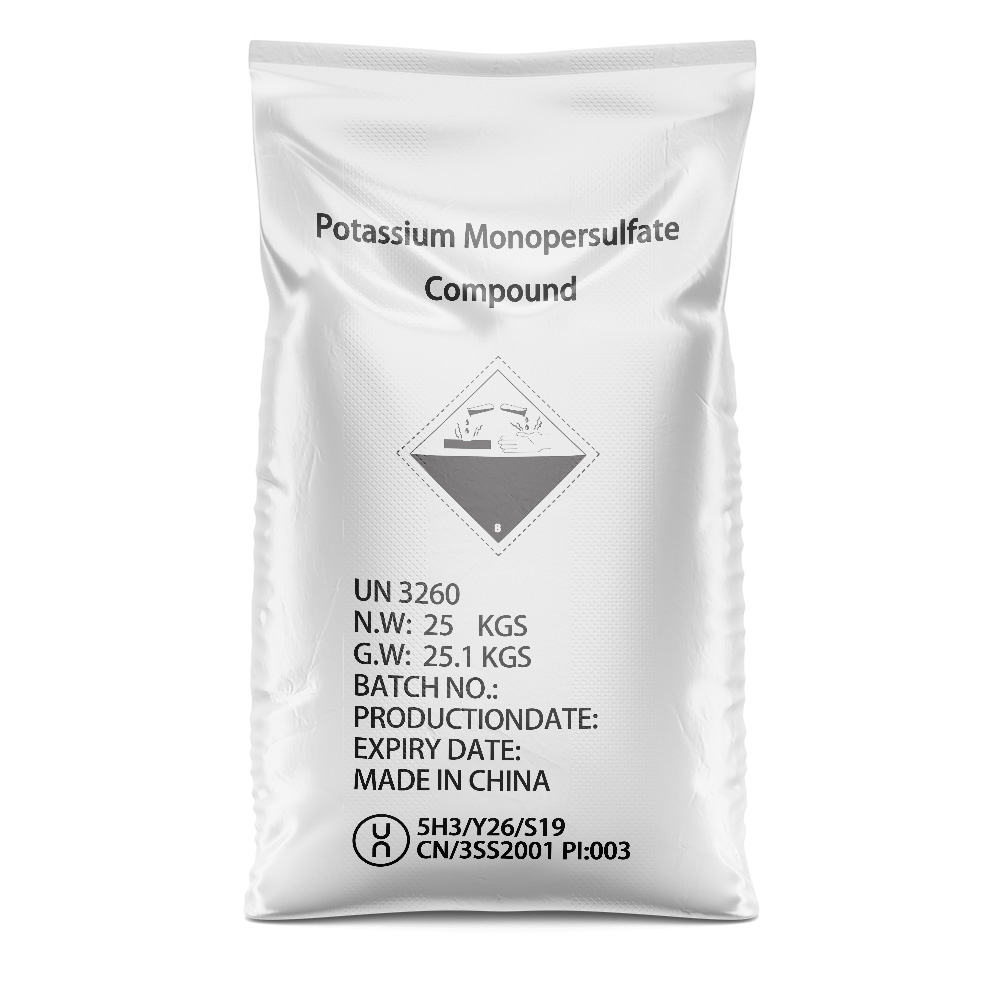



Benefits of Polyacrylamide in Protein Separation Techniques and Applications
Why Polyacrylamide is Used for Protein Separation
Polyacrylamide gel electrophoresis (PAGE) is a widely utilized technique in biochemistry and molecular biology for the separation of proteins based on their size and charge. The choice of polyacrylamide as a medium for this separation process is owing to its unique properties and significant advantages over other materials. This article delves into why polyacrylamide is the preferred choice for protein separation by examining its physical characteristics, preparation flexibility, resolving power, and the versatility it offers for a wide range of applications.
Physical Characteristics
Polyacrylamide is formed by the polymerization of acrylamide monomers, creating a flexible and porous gel matrix. One of its most important attributes is that it allows for fine control over pore size, which can be adjusted by varying the concentration of acrylamide used during gel preparation. When a higher concentration of acrylamide is utilized, smaller pores are formed, which is particularly beneficial for separating small proteins. Conversely, lower concentrations create larger pores, suitable for separating larger molecules. This tunable nature allows researchers to tailor the gel to the specific requirements of their protein samples.
Furthermore, polyacrylamide gels exhibit excellent mechanical stability and low background noise. Unlike some other gel mediums, polyacrylamide is chemically inert and does not react with proteins under standard electrophoresis conditions, reducing the likelihood of sample degradation. This stability helps maintain protein integrity throughout the electrophoresis process, leading to more reliable results.
Resolving Power
One of the most significant advantages of polyacrylamide gels is their high resolving power. Polyacrylamide provides a finer resolution compared to agarose gels, which means it can effectively separate proteins that are very similar in size. This is particularly important in proteomics, where distinguishing between closely related proteins is critical for understanding biological functions and interactions. As protein separation is often a preliminary step in various analyses, such as mass spectrometry or Western blotting, the ability to achieve high resolution ensures that subsequent experiments yield accurate and meaningful data.
why polyacrylamide is used for protein separation

Moreover, polyacrylamide gels can be used in conjunction with denaturing agents such as sodium dodecyl sulfate (SDS-PAGE), which separates proteins based on their molecular weight alone. This denaturation allows for the analysis of proteins without the interference of their charge or structure, providing a clearer understanding of their size distribution.
Versatility of Applications
Polyacrylamide gel electrophoresis is employed in a wide range of applications, from basic research to clinical diagnostics. Its versatility extends to the separation of various biomolecules beyond proteins, including nucleic acids. Different PAGE techniques, such as native PAGE, SDS-PAGE, and 2-D PAGE, allow researchers to examine proteins in their native state or under denaturing conditions. Consequently, scientists can analyze protein-protein interactions, post-translational modifications, and protein isoforms, which are essential components in the functional characterization of proteins.
Additionally, polyacrylamide gels can be easily stained with various dyes, such as Coomassie Brilliant Blue or silver staining, allowing for sensitive detection of proteins. The ability to customize detection methods further enhances the practicality of using polyacrylamide in laboratory settings.
Conclusion
In summary, polyacrylamide is a cornerstone of protein separation techniques due to its favorable physical properties, high resolving power, and versatility in various applications. The ability to tailor its characteristics to meet specific experimental needs, combined with its capability to separate proteins with precision, solidifies polyacrylamide's role in advancing biochemical research. As scientists continue to explore the vast complexity of proteomes, the significance of polyacrylamide in protein separation will undoubtedly remain central to uncovering the intricate functions of proteins in biological systems.
-
Why Sodium Persulfate Is Everywhere NowNewsJul.07,2025
-
Why Polyacrylamide Is in High DemandNewsJul.07,2025
-
Understanding Paint Chemicals and Their ApplicationsNewsJul.07,2025
-
Smart Use Of Mining ChemicalsNewsJul.07,2025
-
Practical Uses of Potassium MonopersulfateNewsJul.07,2025
-
Agrochemicals In Real FarmingNewsJul.07,2025
-
Sodium Chlorite Hot UsesNewsJul.01,2025










